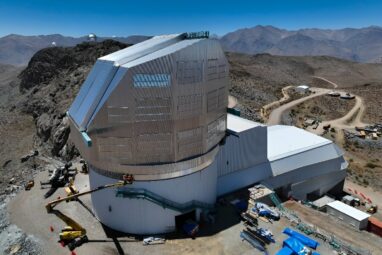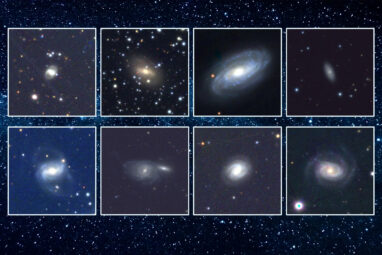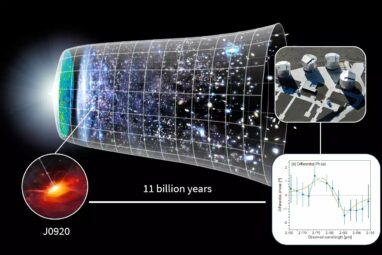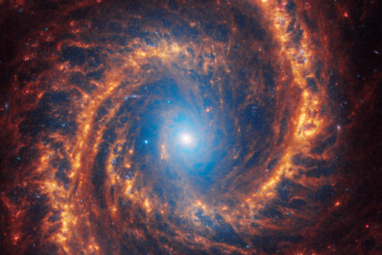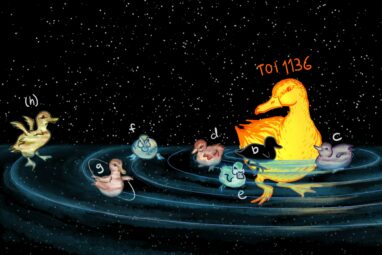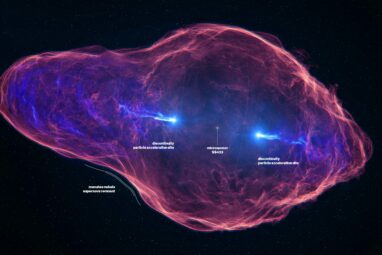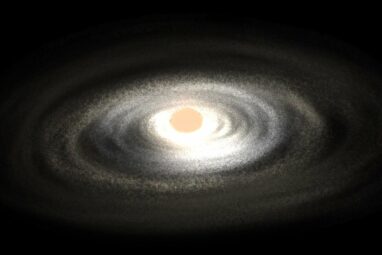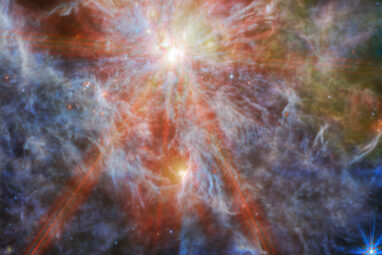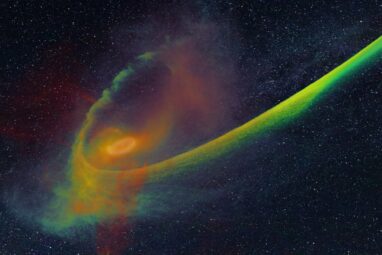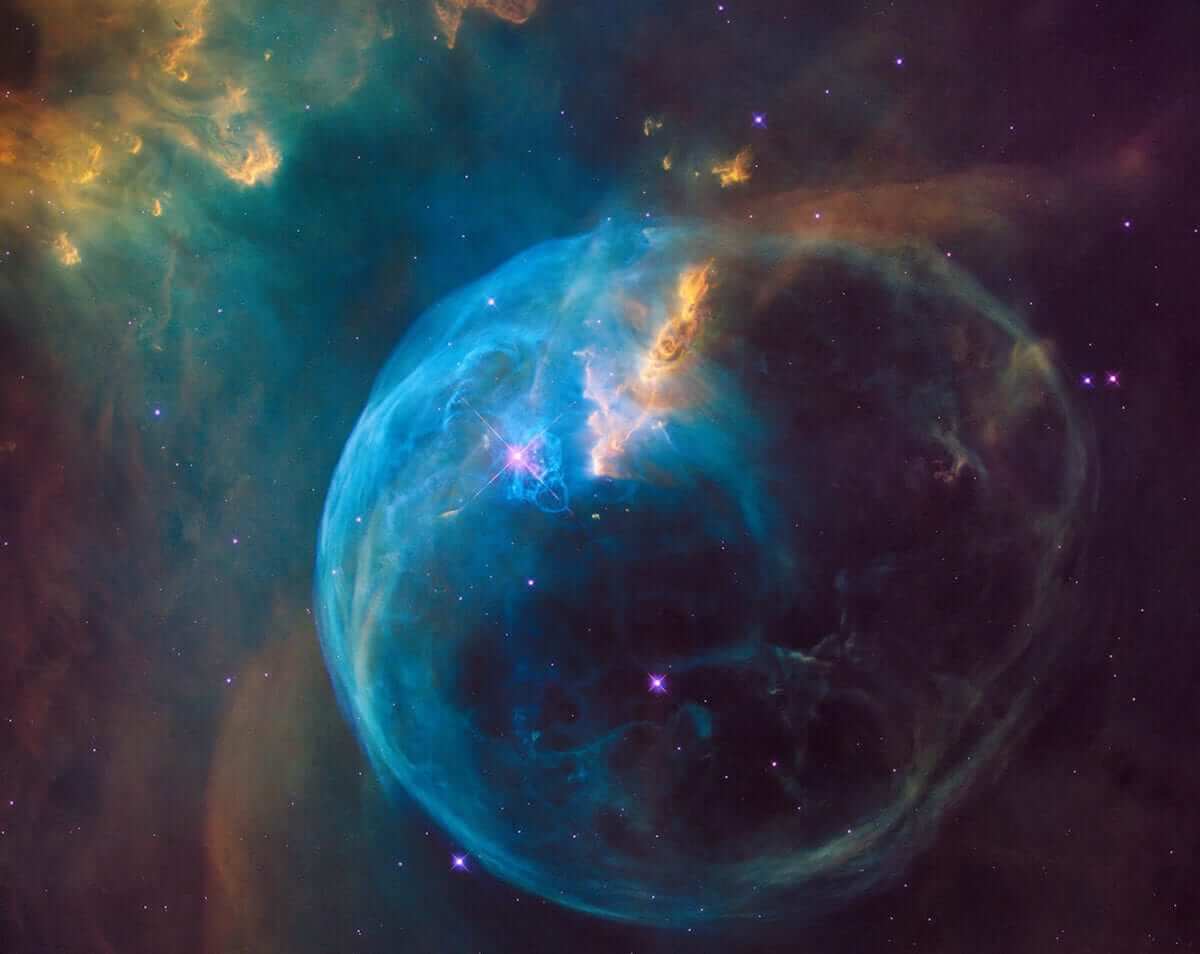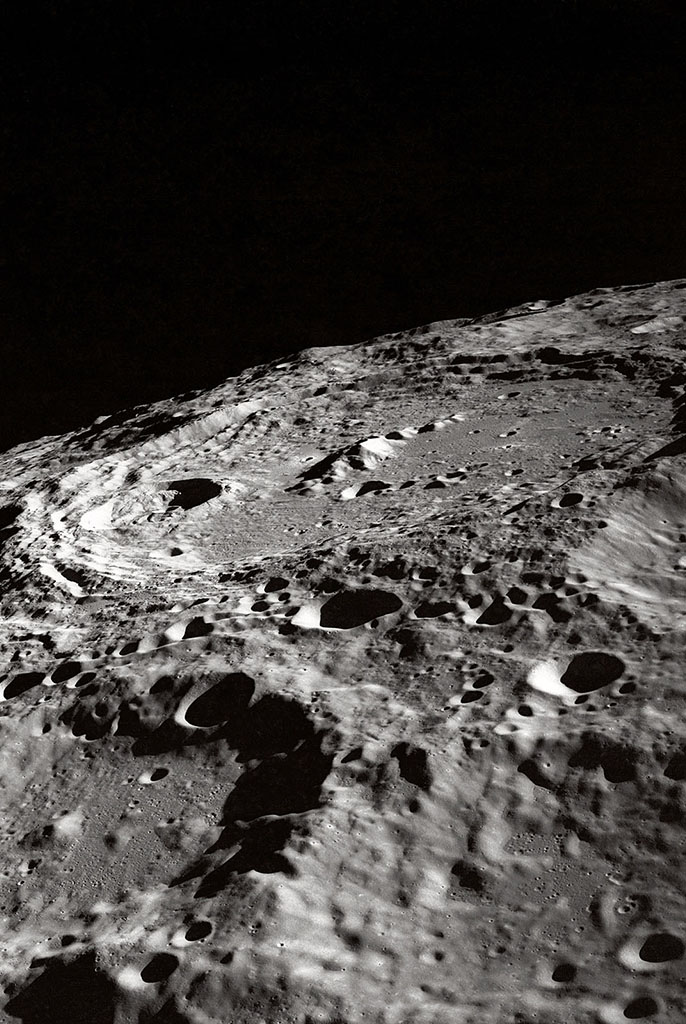Surrounded by the desert mountains and clear blue sky of northern Chile, astronomers from the Vera C. Rubin Observatory hope...
Star-shredding black holes are everywhere in the sky if you just know how to look for them. That’s one message...
With the upgraded GRAVITY-instrument at the Very Large Telescope Interferometer of the European Southern Observatory, a team of astronomers led...
The next generation of advanced telescopes could sharpen the hunt for potential extraterrestrial life by closely scrutinizing the atmospheres of...
A new treasure trove of Webb images has arrived. Near- and mid-infrared images show off every facet of these face-on...
A recently discovered solar system with six confirmed exoplanets and a possible seventh is boosting astronomers’ knowledge of planet formation...
By clocking the speed of stars throughout the Milky Way galaxy, MIT physicists have found that stars further out in...
The science fiction author Arthur C. Clarke selected his own seven wonders of the world in a BBC television series...
‘Hidden’ stars including a new type of elderly giant nicknamed ‘old smoker’ have been spotted for the first time by...
Astronomers using the NASA/ESA Hubble Space Telescope observed the smallest exoplanet where water vapor has been detected in its atmosphere....
This image from the NASA/ESA/CSA James Webb Space Telescope features an H II region in the Large Magellanic Cloud (LMC),...
A significant breakthrough in understanding Tidal Disruption Events (TDEs) involving supermassive black holes has been discovered. The new simulations, for...
